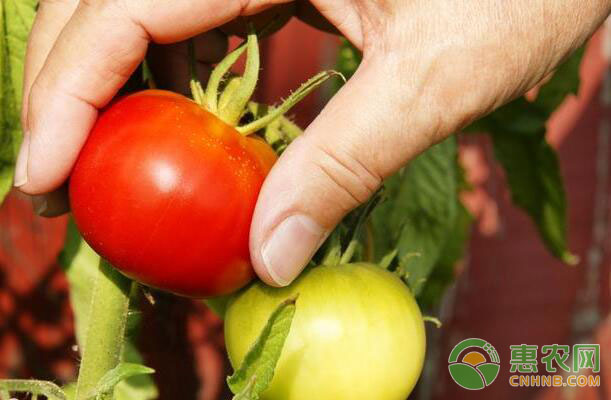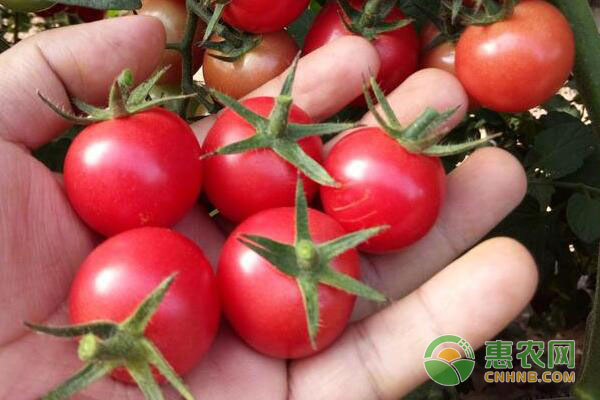The selection principle of tomato varieties varies depending on the form of cultivation, the eating habits of the consumption areas, and the application purpose of the tomato products. Processing tomato requires high soluble solids and lycopene content, suitable for open field production, simple stent or non-support cultivation; tomatoes used for extracting lycopene should have higher lycopene content; fresh tomato should not only have Higher vitamin C and soluble solids content, but also a suitable ratio of sugar to acid.

The eating habits of the consumption areas also determine the difference in tomato varieties. Some areas prefer to eat red-colored tomatoes, while others prefer pink tomatoes or other colors of tomatoes. Different cultivation forms have different requirements for tomato varieties. The following three requirements for tomato varieties in open cultivation, early spring and winter, and autumn extension are described.
1. Selection principle of tomato open field cultivars
Open field cultivation is mainly carried out in spring and summer, the temperature is hot, the light is full; the water evaporates quickly, and the soil is easy to dry early. At this time, tomato cultivation is prone to virus disease, and the fruit often has sunburn and umbilical rot, so high anti-virus should be selected. Tomato varieties with large disease, large leaves, large amount of leaves, strong growth potential, and umbilical rot. At the same time, fungi and bacterial diseases such as early blight, late blight, and bacterial wilt are prone to occur during the rainy season, and heavy rains during fruit harvesting can cause cracking. Therefore, when selecting tomato varieties cultivated in open field, we should pay attention to the selection of the above characteristics, and also consider the main problems in the previous cultivation in the local area, and solve them by selecting appropriate varieties.
2. Principles for selection of tomato early spring and wintering cultivars
Wintering cultivation is mainly carried out in a solar greenhouse, and early spring cultivation is mainly carried out in a solar greenhouse and a plastic greenhouse. During wintering and early spring cultivation, due to the high humidity in the protected area, weak light, high temperature or too low temperature, many fungal diseases such as gray mold, early blight, late blight, leaf mold, powdery mildew and sclerotinia disease are prone to occur. Etc. Therefore, tomato varieties cultivated in early spring and wintering require good cold resistance, heat resistance, low light tolerance, high humidity resistance, early maturity, small plant opening degree, small leaf volume, thin leaves, and common diseases against various protections. .

3. Principles for selecting cultivars of late autumn tomato
After the autumn extension of the tomato, the cultivation is carried out in the protected area, and the upper stalk is a vegetable crop. The cultivation environment is high temperature and high humidity, virus disease is easy to occur, and the fruit is easy to crack and soften. Therefore, tomato varieties suitable for post-harvest cultivation require heat resistance, fruit setting under high temperature and high humidity conditions, plant growth, antiviral disease, high fruit hardness, not easy to crack fruit, storage and transportation.
Safe Box,Small Safe Box,Safe Box For Money,Safe Box For Documents
Ningbo Zhaomu Electronic Commerce Co., Ltd. , https://www.bofonhome.com